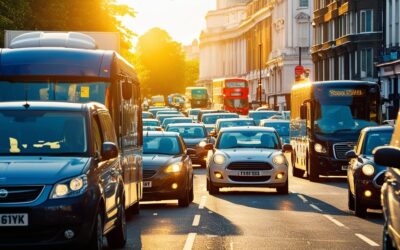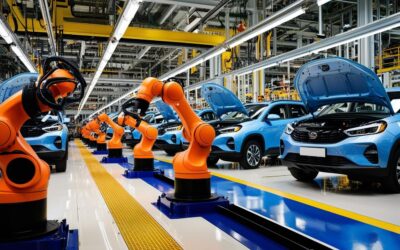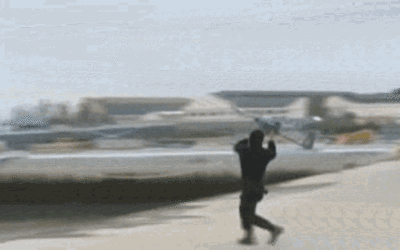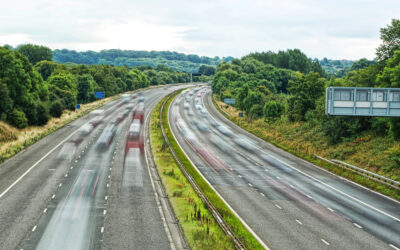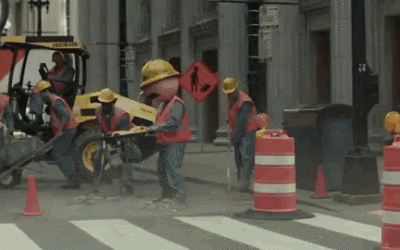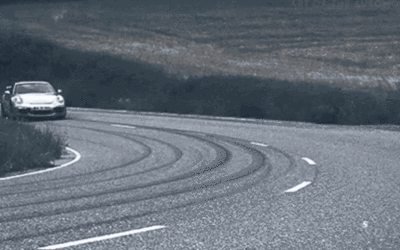Aggressive Driving and Poor Driving Habits Increasing, Drivers Say

Poor driving habits and instances of aggressive driving are increasing, according to a recent study of drivers.
The research polled more than 12,000 drivers, asking them about incidents on the road, finding that 55% of those polled believe tailgating is getting worse, with more than half (52%) also saying middle lane hogging is on the rise.
It represents concerns matched by fleet drivers and those on the road, with recent research looking into driver behaviour finding that improvements could be made in driver habits in most drivers.
Poor Driving Habits – How Big Of A Problem Is It?
The recent study shows that many drivers believe that they witness more poor driving behaviour than ever.
In fact, with one-third of drivers admitting they ignore the two-second gap rule when driving, it’s clear that poor driving habits are a widespread issue.
On top of that, aggressive driving is becoming an issue that many drivers believe is worthy of concern.
One of the reasons for the concern in the study is said to be the issues that police and authorities have in monitoring and penalising motoring offences. That’s because a reduction in the number of traffic police on the road means that the police presence isn’t as great as before, meaning that many offences can go unpunished if they’re not spotted.
Operation Snap was launched by police forces around the UK to provide a central place for road users to send in dashcam footage, as well as personal camera footage from cyclists, horse riders and pedestrians.
That was an initiative that police believed could ease the burden on police presence for penalising offences, but as aggressive driving and other driving offences rise, it’s clear that there is more work to be done.
The Future Of Road Safety
There is hope that more automated technology such as AI cameras on smart motorways could be rolled out on more busy routes to help clamp down on driving offences…
But as we approach a general election, the future of road policing and the law around it is unclear.
Given that aggressive driving is one of the most common issues for fleet drivers, it’s food for thought as the focus on road safety becomes even more important.
With simple road safety measures such as leaving a two-second gap to the vehicle in front, not hogging the middle lane (which National Highways is pushing with its ‘keep left’ campaign) and avoiding using handhelds devices while driving clearly a concern for many drivers, the question is whether more needs to be done to improve road safety.
In the years ahead, with the future of smart motorways unknown, the reality of automated vehicles being on the road in the next few years, and more drivers than ever on UK roads, it’s clear that there’s work to be done.
Do you think more work needs to be done to reduce the number of driving offences on UK roads? Do you believe aggressive driving is on the rise and is something you’re concerned about? Let us know in the comments below.
